Table of Contents[Hide][Show]
Not all honeys are created equal. Within the past decade we’ve seen a variety of honeys find their way onto our grocery shelves, giving us more choices and lots of questions.
Manuka honey is one of our newer options and after discovering all the benefits and uses, we’re hooked.
What is manuka honey?
“Manuka honey is simply honey derived from the bees that feed on the manuka plant, which are found in New Zealand,” dietitian Anna Debenham explained to HuffPost Australia. Manuka honey is also produced in Australia, but derived from the Golden Tea Tree plant and the Jellybush.
In the mid 80s, Professor Peter Molan of Waikato University in New Zealand began studying the honey after noticing “unusual activity.” He tested it against different bacterias and discovered its unique antibacterial qualities. The popularity of manuka honey grew from there.
Most skin-care, cleaning and hair-care products made in New Zealand contain manuka honey. Their local speciality food is hokey pokey, chocolate covered manuka honey crisps added to ice cream and other desserts. It’s found its way across the globe and is now a household name in the United States as well.
Because it became so sought after, many companies were manufacturing products claiming to contain manuka honey when really the ingredient was so minuscule in the product it would have little to no effect.
What makes manuka honey different?
A measurement for manuka honey’s antibacterial activity became known as the Unique Manuka Factor or UMF. Low grade UMF products are ranked 5-9, followed by medium grade ranked 10-15, and high grade, classified as 16 or higher.
It can be thought about in the same way we think about SPF in sunscreen–always buy the product with the highest number for the most benefits. UMF indicators are mandatory in New Zealand, but are rare to find elsewhere in the world.
Generic honey
Generic honey, also known as table honey, is the least regulated of the honeys and most processed. It is hard to know and trust the age, quality, origin and ingredients of this type of honey.
Raw honey
Raw honey is popular because it’s considered less processed. It can come from any plant; the main difference is how it’s produced. At no point during production is the honey heated, which means a majority of its bio-active compounds are left in tact.
Raw honey has its own benefits, like high levels of antioxidants and phenols.
Manuka honey
Like we said earlier, manuka honey can only come from different types of manuka plants. It is unique in its antibacterial element because of its high levels of methylglyoxal (MGO).
Benefits of manuka honey
Manuka honey is widely known for his antibacterial and antimicrobial elements and has been used historically in natural healing ointments and even used on its own to promote wound health.
Ingesting manuka honey is not only delicious, but also helps with indigestion and serves as an anti-inflammatory agent.
Getting creative with manuka honey
These are six of our favorite uses for manuka honey.
1. Clarifying Face Mask
The clarifying elements of manuka honey make it a strong aid in fighting the appearance of irritated skin. It also helps lessen the look of sunspots. The honey on its own is so beneficial you can apply it by itself straight to your skin and let it sit for 15-20 minutes. If you want to get fancy with it, you can mix it with a bentonite clay or our Purifying Mud Mask.
2. Immunity boost
Manuka honey is high in antioxidants and anti-inflammatory and antiviral properties. Next time you’re feeling a little under the weather, whip up an immunity boosting shot. Mix together lemon, ginger, cayenne pepper, a little manuka honey and throw it back.
3. Soothing a Sore Throat
Mixing a teaspoon of manuka honey into your hot lemon water or tea will help take the sting out of any sore throat. Once again the antibacterial properties of manuka honey make it more than just temporary relief. Manuka honey can lessen the lifespan of strep throat, cold sores, and ulcers.
4. Natural Balayage
Similar to lemon, honey has enzymes that brighten and lighten your hair. Before a day in the sun mix together manuka honey and lemon and apply it to the ends of your hair.
Use a lighter shade of honey to get a lighter look. The honey not only lightens, but also prevents your hair from looking dry and damaged which can happen from lemon lighteners.
5. Hydrating Lotion
Manuka honey is great for moisturizing. During the dry winter months honey will be your saving grace. Mix it with coconut oil and lather up. Use it on your skin, nails, cuticles, and even as a hair mask.
6. Rejuvenating Exfoliant
Exfoliating two to three times a week will help keep your skin looking bright and clear. When you exfoliate away the dead skin you’re also opening up your pores—the elements of manuka honey will cleanse the freshly awakened pores. Here is DIY recipe for an at-home exfoliant.
Do you use manuka honey? Share with us in the comments.
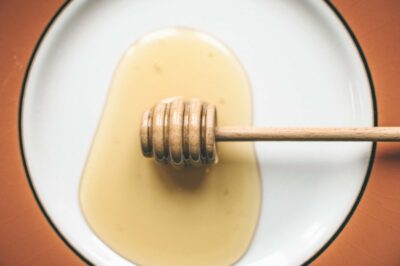
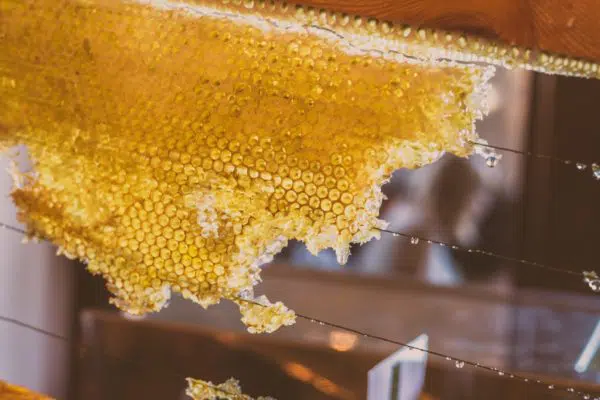

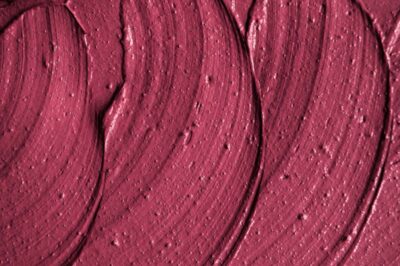
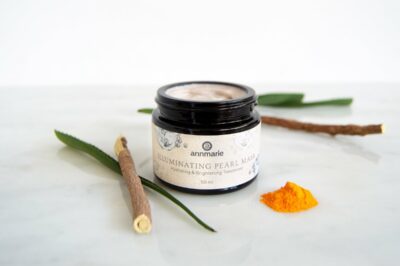
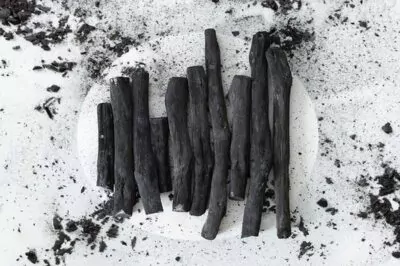
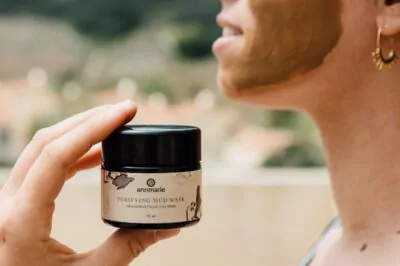
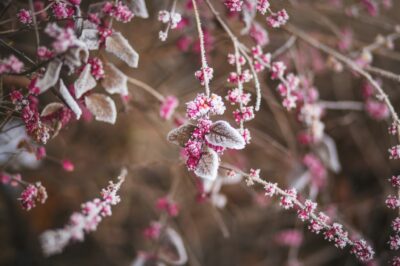
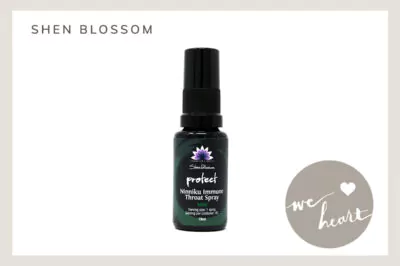
Is Manuka honey in any of your products?
How much lemon, honey, ginger and cayenne pepper do you use for an immunity boost?
Where do you find this kind of honey? Thanks
Hi Bonnie,
You can find it at your local health foods store!
XO,
Team ASC